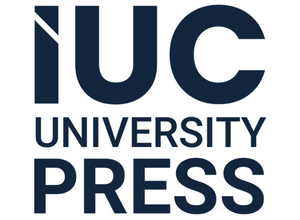The aim of this study is to examine the relationship between locomotor load and tactical success in football. In this study, data from a total of 64 matches played in the FIFA 2022 World Cup were collected, and 1192 data points were analyzed. Physical data were evaluated in four different groups: total running distance, high-intensity running, sprint, and maximum speed. Locomotor load data were analyzed based on the teams’ formations on the field and their ball possession rates, and these data were evaluated in relation to the teams’ success during the tournament and their win/loss status in matches. After the group stage, it was determined that the locomotor load ratios of the teams that lost their matches were higher (p < .05). It was also determined that the locomotor loads of successful teams throughout the tournament were higher (p < .05). While no significant differences were found in the locomotor load data of teams playing with high possession, it was observed that the values of successful teams playing with low possession were lower (p < .05). Teams playing with high possession were found to have a higher likelihood of being eliminated in the quarterfinals (p < .05). As a result, no directly proportional relationship was found between high physical data and locomotor load and success. Therefore, it is thought that conducting athletic performance training in connection with tactical components will enhance success. When planning athletic performance training, designing it specific to the game plan can enable the more efficient use of physical outputs.
Cite this article as: Enver Kapelman, A., Miraç Özçilingir, Ö., Tokul, E., & Saray, D. (2025). “The road to glory: analyzing the relationship between locomotor loads and tactical success in the 2022 world cup”. Research in Sports Science, 15, 0003, doi: 10.5152/rss.2025.25039.


.jpg)


.png)


